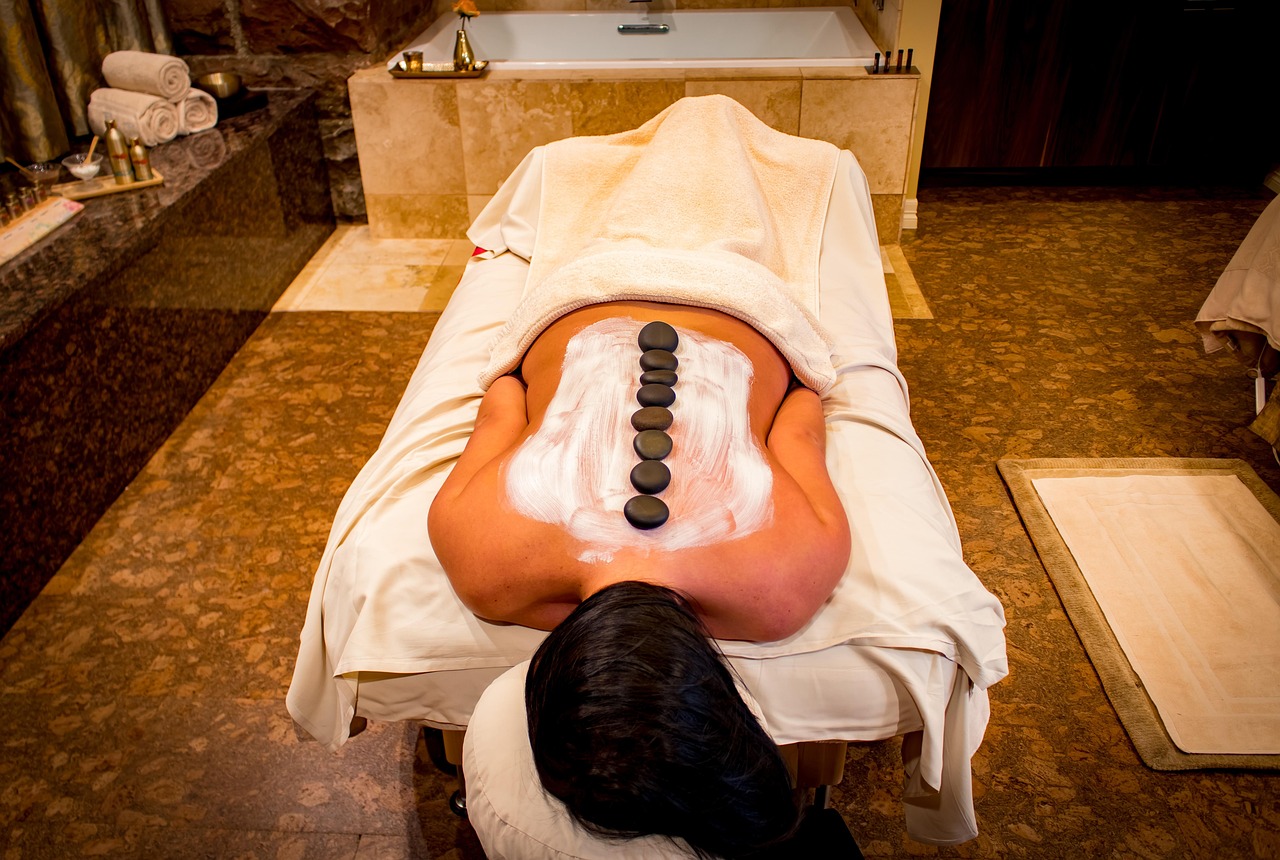Tools can help you recover or make things worse. It depends on how you use them. This is the plain guide for anyone with a massage gun, foam roller, or a stray ball hiding under the sofa.
Start with the rule of three: pressure, pace, position.
Pressure: stop the second a muscle tenses against you. The goal is release, not endurance.
Pace: slow and steady. One inch per second is enough. Anything faster winds up your nervous system.
Position: stay on soft tissue, never bone or the front of the neck. Avoid anything that pulses.
Traffic lights for body areas
- Green: calves, quads, glutes, lats, and hamstrings.
- Yellow: triceps, outer shoulders, traps. Go lighter and test after every few breaths.
- Red: spine, collarbone grooves, front of neck, abdomen, or anywhere freshly sore.
If your neck hurts, don’t attack it directly. Most tight necks are the fault of shoulders or mid-back tension. Work below the problem. Use a ball between your shoulder blade and a wall, slow rolls side to side, arms relaxed forward. That alone can release more than any neck attachment head. Then try gentle traction: hands at the base of your skull, lift your head slightly upward for ten seconds, rest, repeat three times.
A safe ten-minute sequence looks like this:
- Calves, light roll.
- Hamstrings, three slow passes.
- Glutes, one minute each side.
- Mid-back with a ball against the wall, side to side.
- Shoulders, slow circular rubs.
- Sit and breathe through the nose for two quiet minutes.
Stop if you feel pins and needles, numbness, or pain that radiates. If you have high blood pressure, clotting risks, recent surgery, or disc issues, skip percussive tools entirely until cleared by a physio.
When buying, keep it simple. Quiet motor, adjustable speed, rounded head, easy grip. Ignore fancy screens and “deep tissue” marketing. If the device makes you brace, it’s too strong.
Before you treat pain, survey it. Ask what movements trigger it, what eases it, how it behaves after rest. Think in foundations, not shortcuts. A good Javea estate agent doesn’t sell a villa just because it has new tiles. They check for damp lines after a gota fría, confirm the roof membrane, and note how winter sun hits the terrace. They look for the hidden story beneath the surface. Treat your body the same way. Make small, informed adjustments, test how it feels an hour later, and build from there.
Massage tools are just finishers. Real recovery still comes from sleep, hydration, and steady movement. Use the tool, not as a fix, but as feedback. If it calms the system, keep it. If it stirs chaos, leave it on charge.

